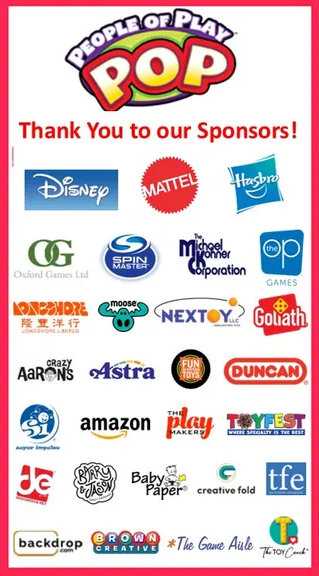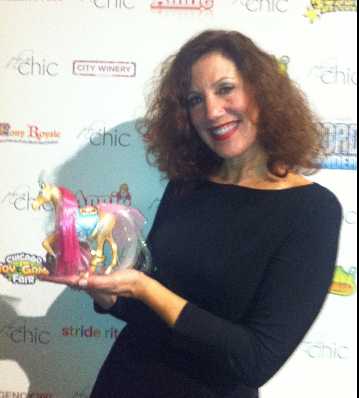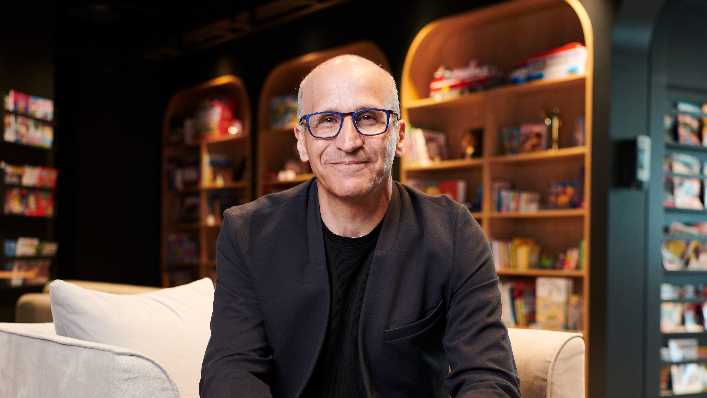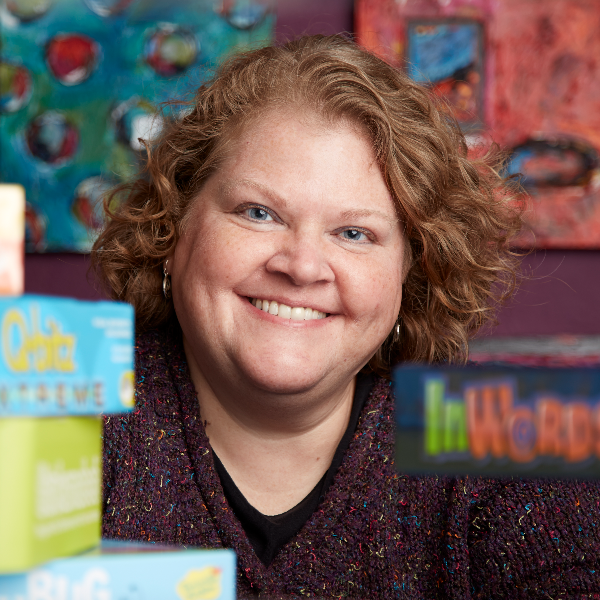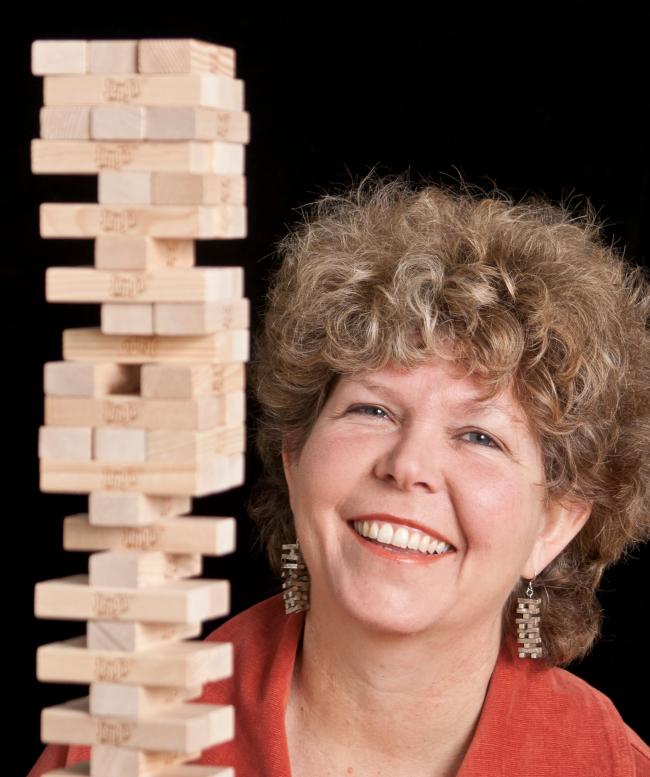Mark Chernick: Walking Trade Shows in China “The Art is in the Eye”
by The Bloom Report | 13 Nov 2022
Industry Commentary, Op-Ed
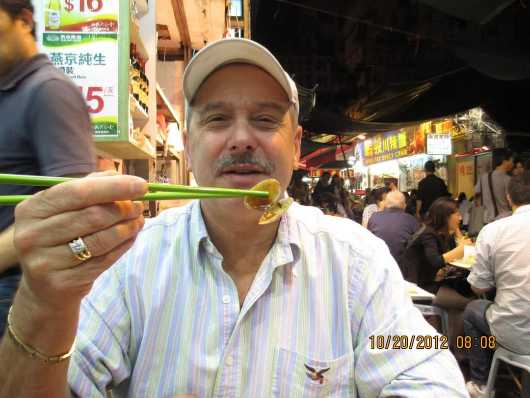
As manufacturers of toy products, most of us walk the trade shows in China and Hong Kong to search out new product concepts, new materials, new technologies, new design concept and adapt them to our own concepts.
A favorite saying of mine is “there is no such thing as a pure invention, everything comes from other sources”. Or, in simpler terms, “one path leads to another”.
Walking trade shows in China is a vital and critical way of exposing yourself to new assets, but also to new factories, agents, and design companies operating in China or Hong Kong.
However, walking a trade show and “seeing” and “understanding what you are looking at” are two totally different concepts.
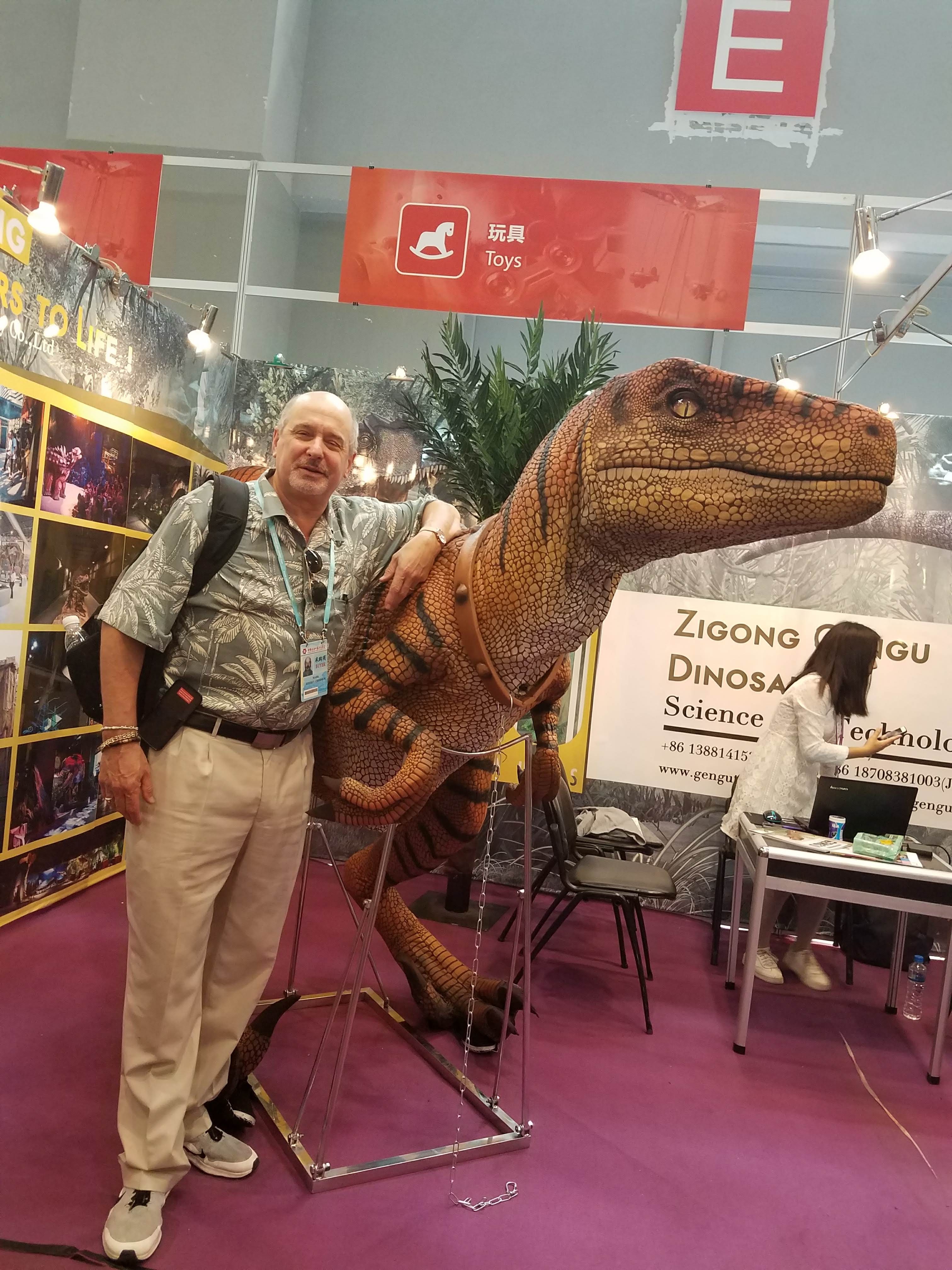
In my entire career of walking trade shows since 1985, of which I never missed one trade show except during covid, I have learned that walking trade shows and getting the most of it is truly an art form.
I have only met two other people in all those years that I felt truly understood the labyrinth of the shows and what they were really looking at. The vast majority of people that walk trade shows in Asia, really do not understand the complexity of what they are walking through. Hopefully this brief explanation will give many of you a better insight into the labyrinth of Asian Trade Shows.
99% of the people that walk trades shows, in my opinion don’t truly understand the complexity and diverse nature of what they are walking through.
Many of the larger toy companies have the misconceived idea that walking trade shows is a waste of time. I have heard numerous comments that “all there is are open market products and we design our own products so it’s a waste of time”.
I believe this is a big mistake in thinking this way.
We have always designed our own products, but 90% of the eventual finished products came from what I saw and discovered from walking trade shows. We made a living off trade shows, and you can as well, whether you are a small or large toy company. What it takes is knowing and understanding what you are looking at.
With this article, I hope to illuminate these realities to those that do walk trade shows in China and how you can recognize what you are seeing, and how to incorporate that to your benefit.
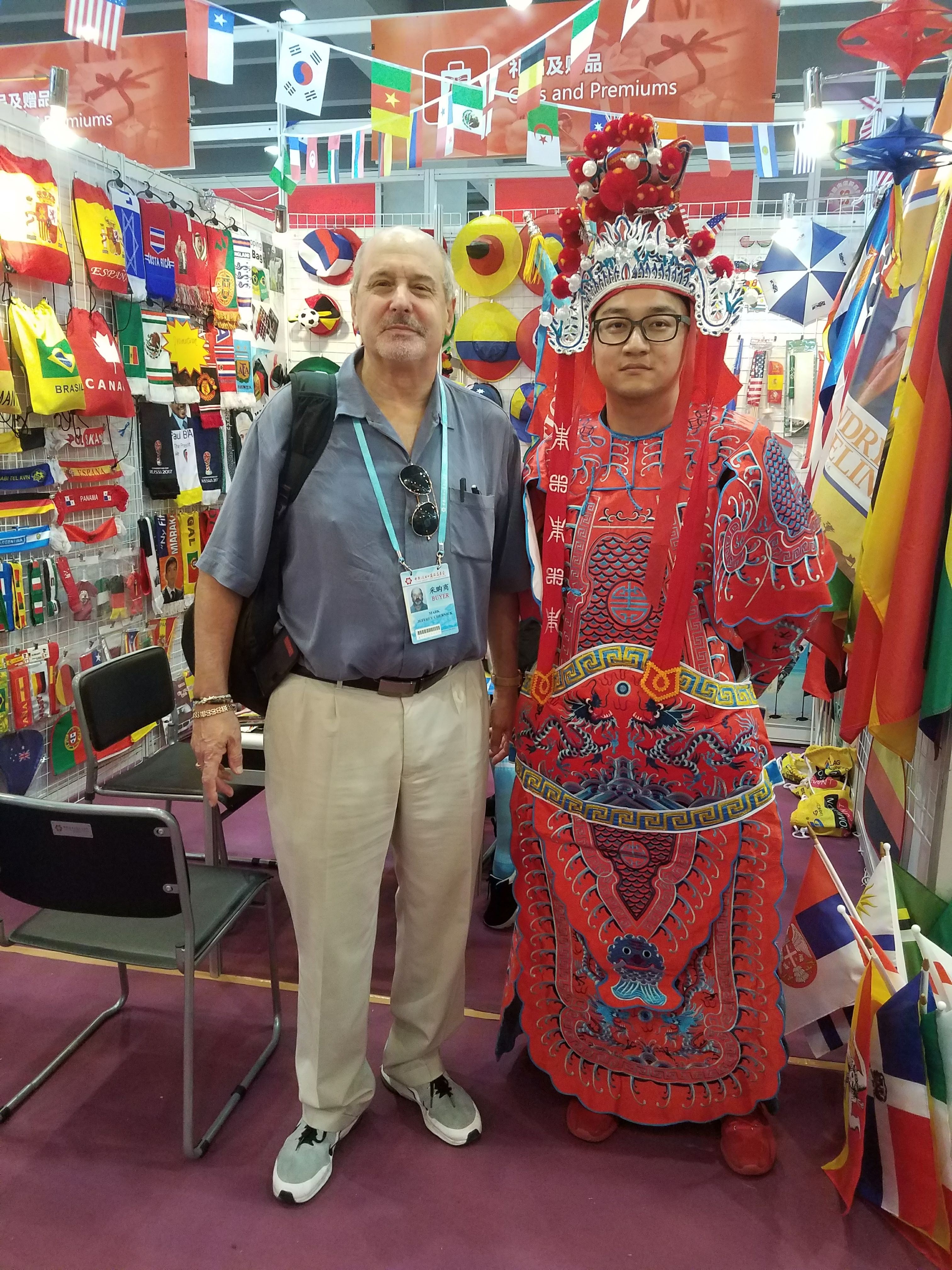
Distinct Facets of Discovery
First off, one has to understand all the different types of companies one sees at trade shows. Below is a brief description and how to recognize them.
The majority of exhibitors are agents, trading companies, design companies, and others that have connections with true factories. Below I will describe the differences and how to recognize whom you are talking to.
Factories:
One common misconception people make when walking trade shows in China and Hong Kong is that they are filled with a myriad of factories of all types and classes of products. The reality is that the number of exhibitors that are actually true factories is a small percentage. But it takes an experienced and well trained eye to recognize when an exhibitor is a factory, or something else.
I have always said, “Walking a trade show in China is like entering a three dimensional illusion, “what you see is not what you are looking at”.
Factories will almost always have their stand filled with similar category products. If for example you see a booth filled with all Die Cast cars, and no other category of products, there is s strong chance they are a factory and not a trading company or other. But, this is not always the case. Often an exhibitor will show products from other factories they are friendly with and garner a commission from the other factory for showing their products in their booth. If you see a stand with two very distinct product lines, but quite broad, say Die Cast Cars and Arts and Craft Items, it is highly likely that you are really looking at two factories, and the one showing “their” products in the booth will offer and sell you the other product line, but you will be paying a higher price for the other line.
As well, most factories specialize not just in a specific product category, but also in particular raw materials. If the product line consists mostly of similar raw materials throughout the entire line, it is most likely they are a factory.
If you see a booth with a wide variety of un-related items, even if somewhat similar it is highly likely they are not a factory.
Trading Companies
The majority of exhibitors at China and Hong Kong Trade shows are trading companies.
There is nothing wrong with working with trading companies, in fact they can be a valuable asset, but you have to learn to recognize who they are and what type of factories they are connected with.
Trading companies are companies that have connections with numerous factories and typically cherry pick the products from those various factories to display at trade shows.
If you see a booth with a broad variety of products using different raw materials, they are certain to be a trading company
The advantages of working with a trading company is that this gives you a connection to a lot of factories from one source. Keep in mind, most factories do not exhibit at trade shows, so the only way you will see the nature of their products and capabilities is through trading companies, but, keep in mind you are only seeing possibly a very small number of the products they actually manufacture. You may pay a slightly higher price for buying from a trading company, but the trade off is you gain broad exposure to many factories.
If you see for example, a trading company with Dolls, Flying Toys, Radio Control Products, Pool Toys, they are a trading company. Another key is that trading companies typically will show lot of product categories, but smaller selections of each category whereas a factory will show a broader selection of products within one specific category.
Agents/Brokers
Agents are similar to trading companies with one key difference. Trading companies typically show what they want to sell in its current existing form. Although some will develop OEM concepts with the factories they represent, this is not what they specialize in.
Agents on the other hand tend to show products from the factories that they represent, but are more interested in developing OEM products that are custom designed. There is a direct link with agents and design companies that I will describe below.
Agents typically will have a greater knowledge in molding, raw materials, and how to overcome challenges in design and molding, whereas trading companies generally do not have this set of skills, nor the desire to do so. They only want to sell what already exists.
Both agents and trading companies excel in sourcing new factories and new raw materials, but agents normally are more adept at this and many have engineering or some level of design experience, which trading companies lack.
The way to tell the difference between agents and trading companies when walking trade shows, is that typically agents will show a smaller limited range of products while trading companies will show a much broader range of products.
As well, when speaking with them and inquiring as to what they specialize in will give you a better insight as to what they can do for you.
Design Companies
Design companies are a great asset in developing OEM products. Design companies can be recognized by their displaying of unique items that obviously are not open market items. You will note their products are more sophisticated in their design and the use of higher quality materials. These companies only design and manufacture OEM items and are associated with higher quality factories that have advanced machinery, an engineering department, cad design capability, 3D printing machines, etc.
One certain way to determine if you are talking to a design company is to ask them if they have those assets and do they have photos to prove it to you. Keep in mind, design companies are not factories, but rather they normally are closely aligned with one or two specific factories, but they can offer a great service to toy companies that need to develop items that are more complex and require sophisticated machinery.
Trading companies and Agents normally are not aligned with such sophisticated factories although there are some agents that have this capability.
Recognizing the Illusion
As I said before, walking a trade show in China is like a labyrinth of illusion and deception, and it takes a highly trained eye, and knowing the right questions to ask to truly understand what you are looking at.
The first point I would like to make is that Trading Companies mostly try to convince people that they are factories, but since they are easy to recognize with a trained eye, once you know they are a trading company, you can decide whether your want to work with them or not.
Agents and Design companies as well will try to pass themselves off as a factory. They want people to believe that they are dealing directly with a factory. It is a lot more difficult to determine if they are telling the truth unless you dig deep in your conversations with them. If they have a capability that you want to engage, you will need to ask the right questions, and possibly go visit the factory to be certain with whom you are dealing with.
Agents and Design companies are harder to distinguish from true factories because they can appear to be a factory with a specific targeted range of products in their booth, so it appears they are a factory. Do your homework and ask the right questions, and you will discover whom you are potentially dealing with.
The End of the Labyrinth
The most important factor in determining who you are talking to and if you want to engage them lies within your specific needs.
Working directly with factories directly has its advantages, but also many factories do not have staff that are English capable and this can be a challenge.
Agents and Design companies normally can communicate with you in English at a high level which makes your job a lot easier.
Trading companies also are usually English capable, but have more limited capabilities in design than do agents and design companies.
Don’t feel bad if you are fooled by appearances, it can easily happen, it takes years of walking trade shows to fully comprehend the complex environment, but if you look carefully, ask the right questions, you will align yourself with the source you need.
In my next article, I will explain the difference in manufacturing between the various regions in China, and the difference in working with Hong Kong owned factories in China, Chinese owned factories in China, and working with Taiwanese and Korean controlled factories.
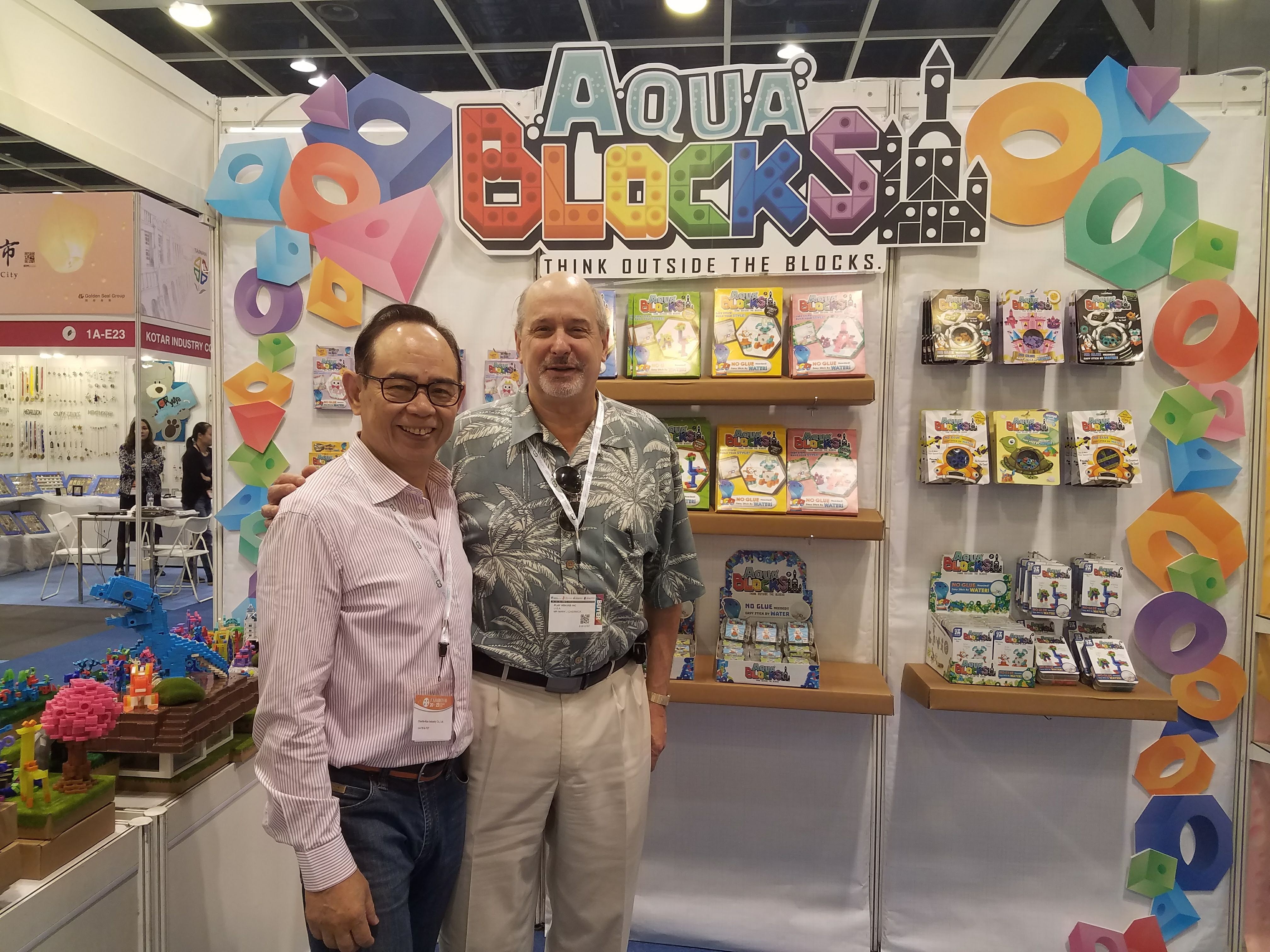
Recent Blogs
Recent Blogs
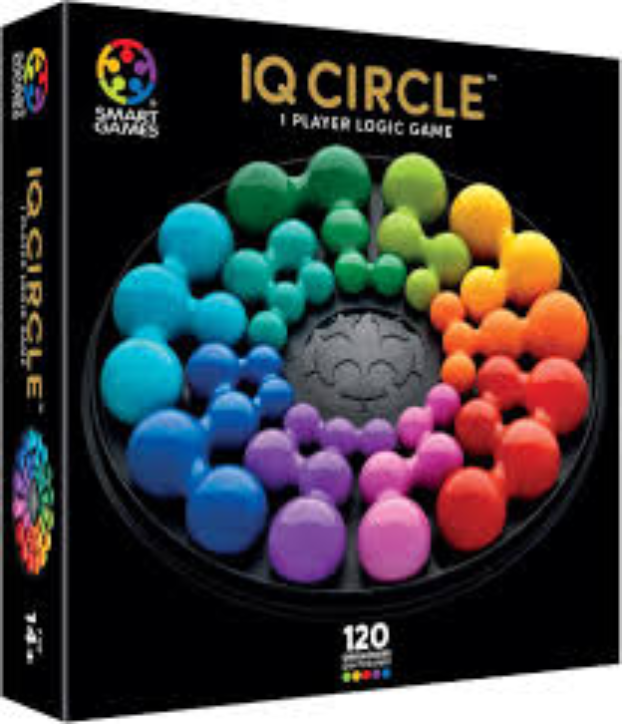
Reviews
Game Review: IQ Circle
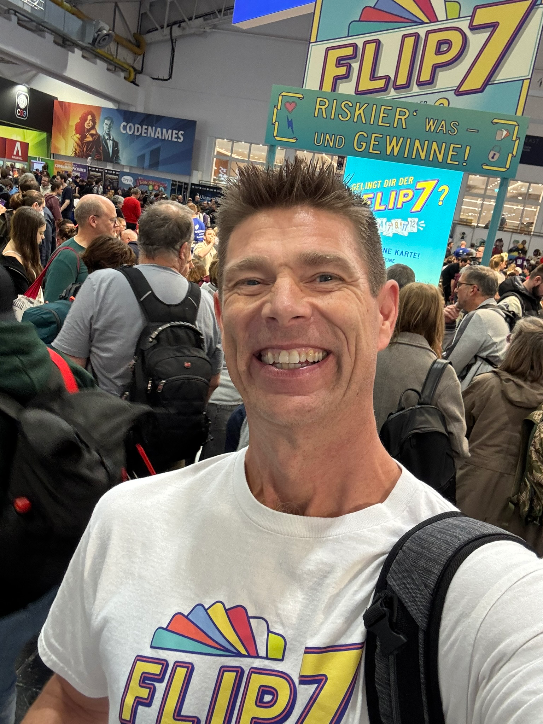
Biographies and Interviews
Catching up with Eric Olsen, The Inventor of Flip 7 and Co-Creator of Messy Table Games
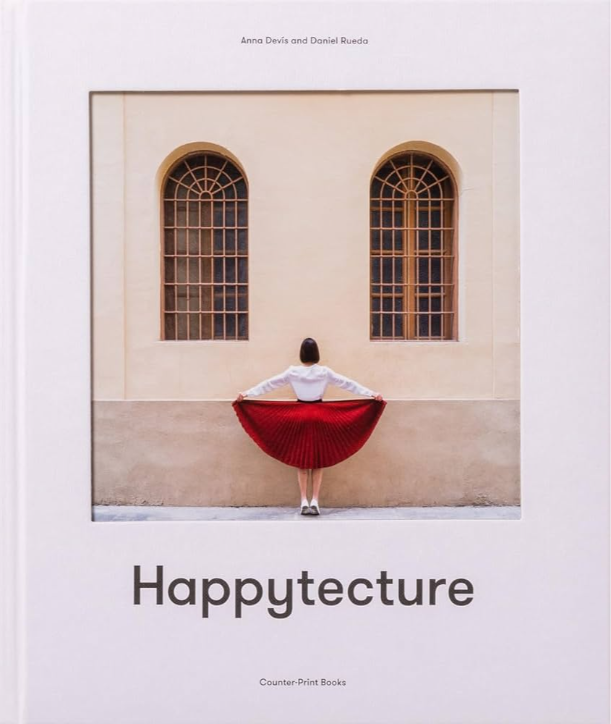
Reviews
Book Review: Happytecture by Anna Devís & Daniel Rueda

Biographies and Interviews
From Stage Lights to Game Nights: McMiller’s David & Julian on Shark Tank (Dec 10th), Viral Success & Building a Business With Your Husband
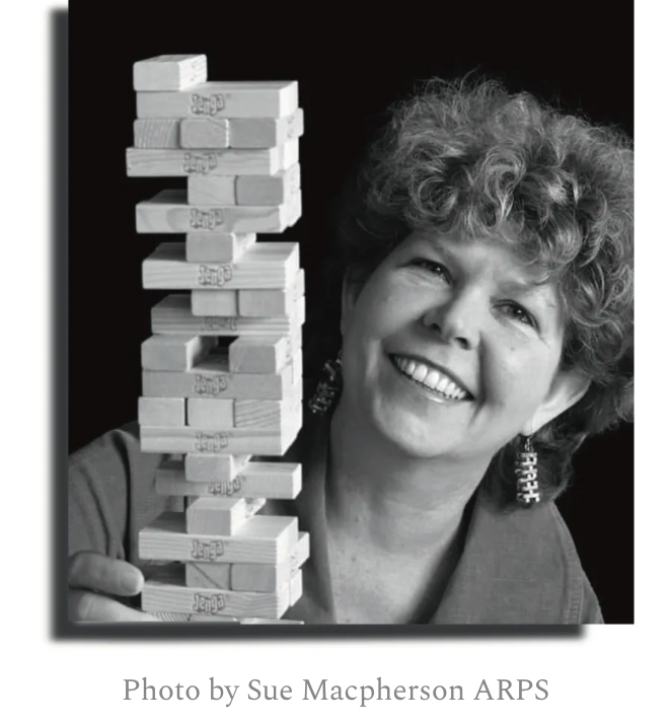
Press Release
Leslie Scott (creator of Jenga) announces the launch of BOUNDLESS PLAY
See more
Recent Wiki
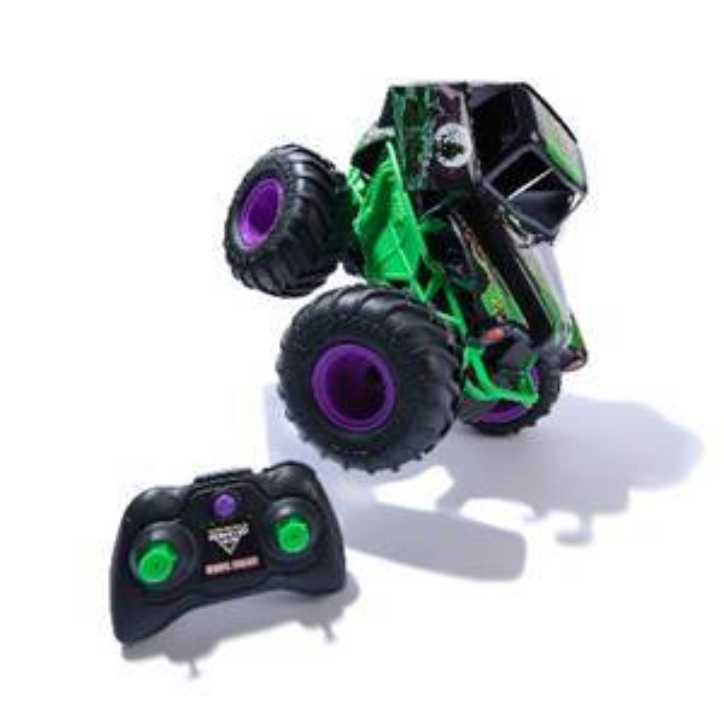
BOOK REVIEWS
Toy Review: Monster Jam Smash & Bash Grave Digger Monster Truck
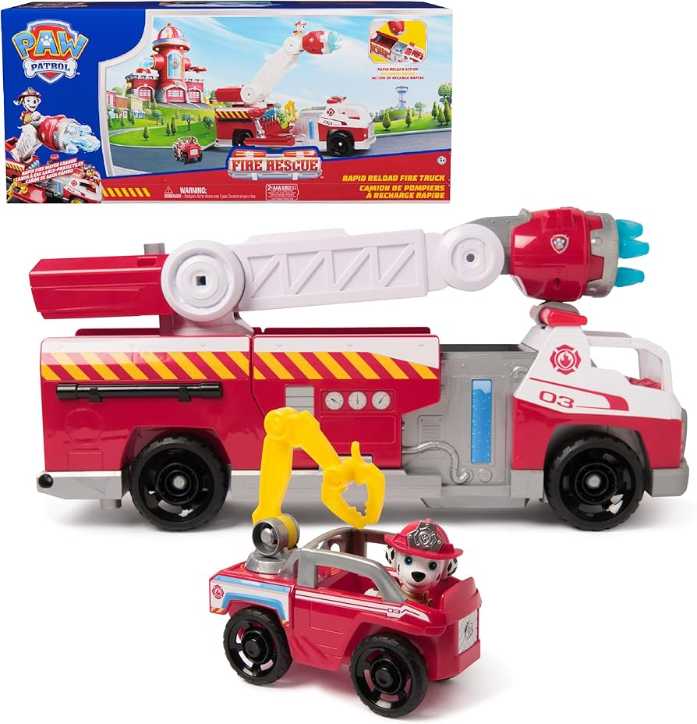
BOOK REVIEWS
Toy Review: Marshall's Rapid Rescue Fire Truck
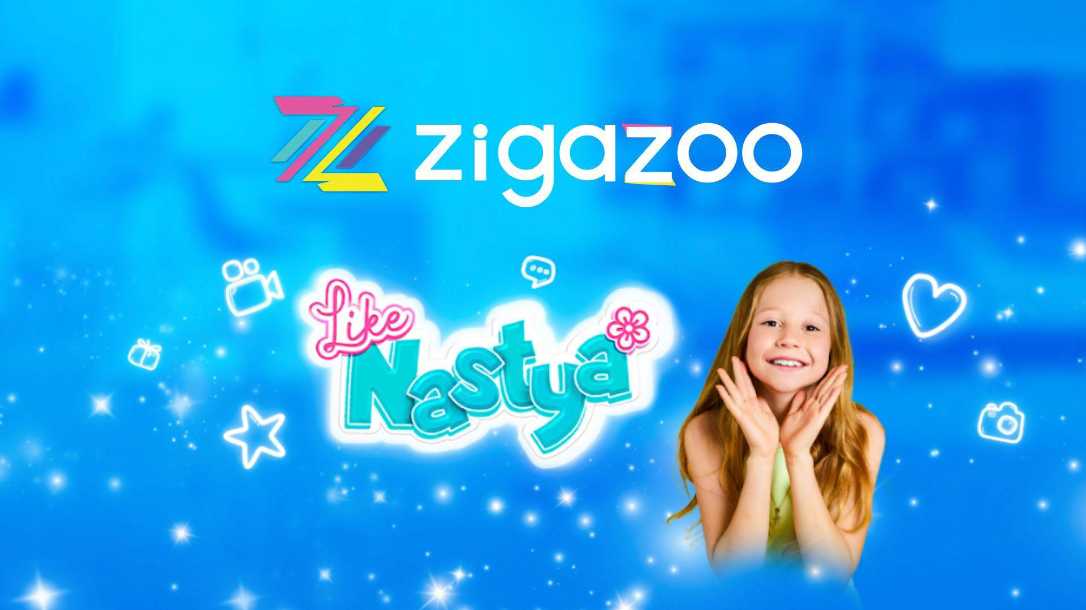
COMPANIES
Zigazoo Secures Partnership with YouTube Star Like Nastya to Inspire Millions of Kids
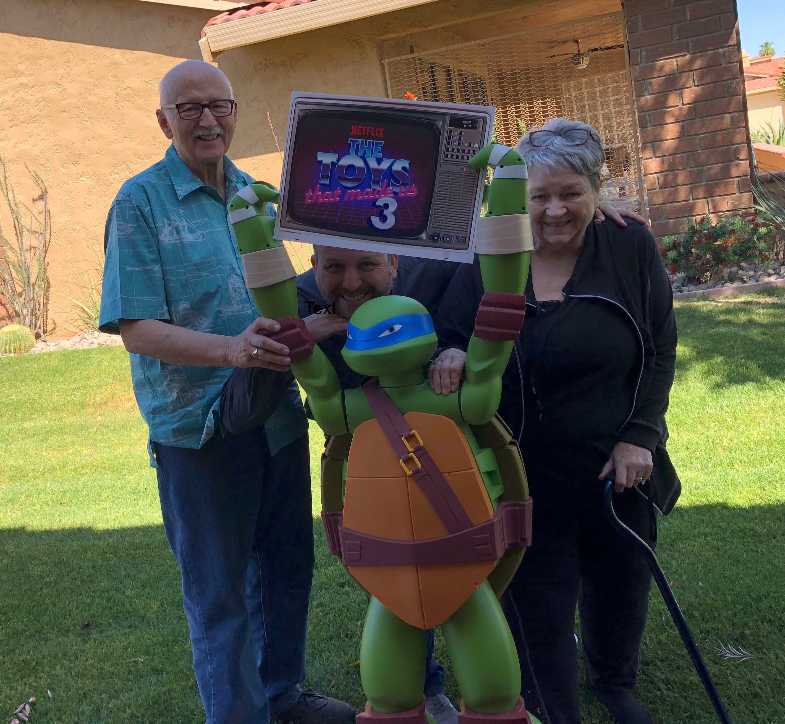
PEOPLE
A Legacy of Play: Inside the Carlson Family’s Multi-Generational Journey Through the Toy Industry
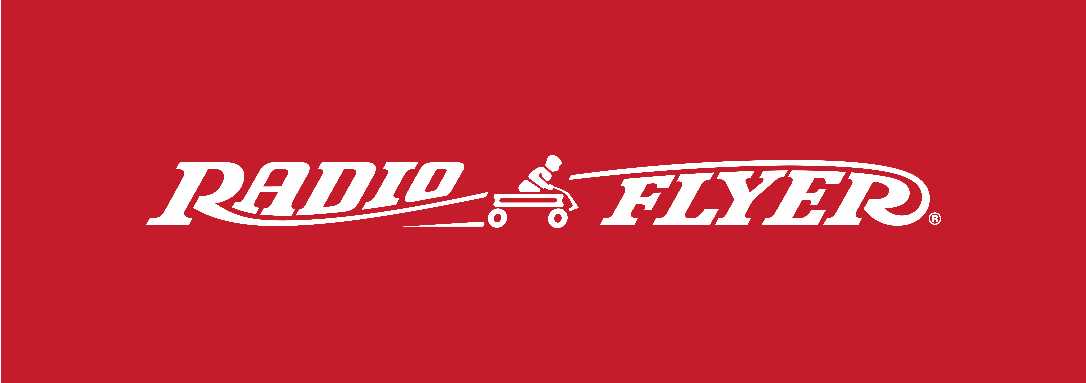
COMPANIES
Radio Flyer Studios Announces the Launch of its First Original Animated Series, Max & Maple: The Can-Do Kids
See more
POP's Got Talent
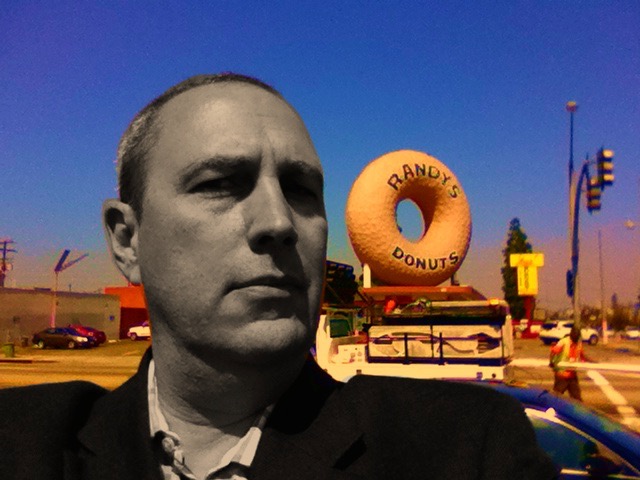
POP Entertainment
Randy Klimpert Shares his Ukulele Collection

POP Entertainment
Steve Casino Peanut Art

POP Entertainment
Everyone's Talking about POP!
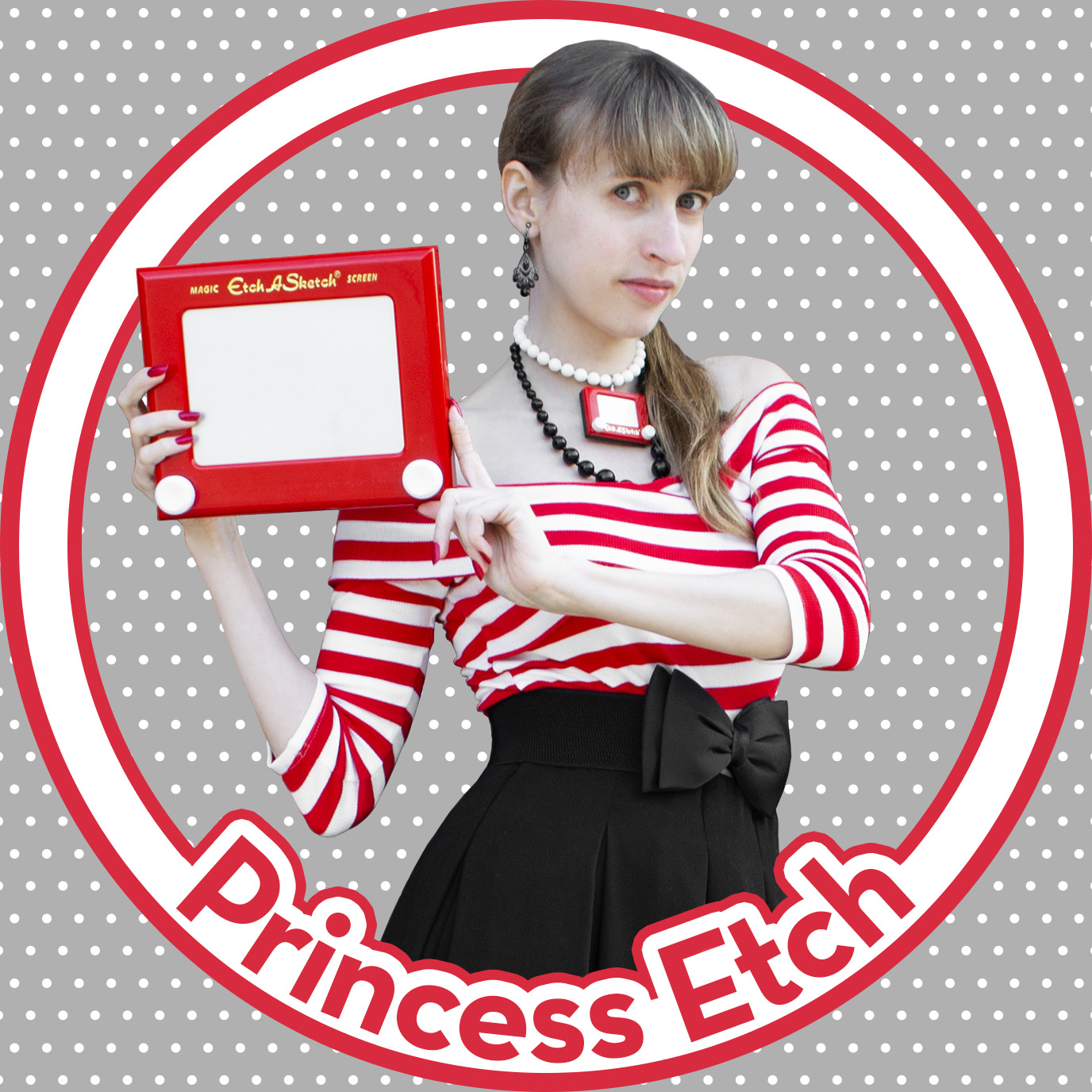
POP Entertainment
Princess Etch - a Multi-Talented Etch A Sketch Artist
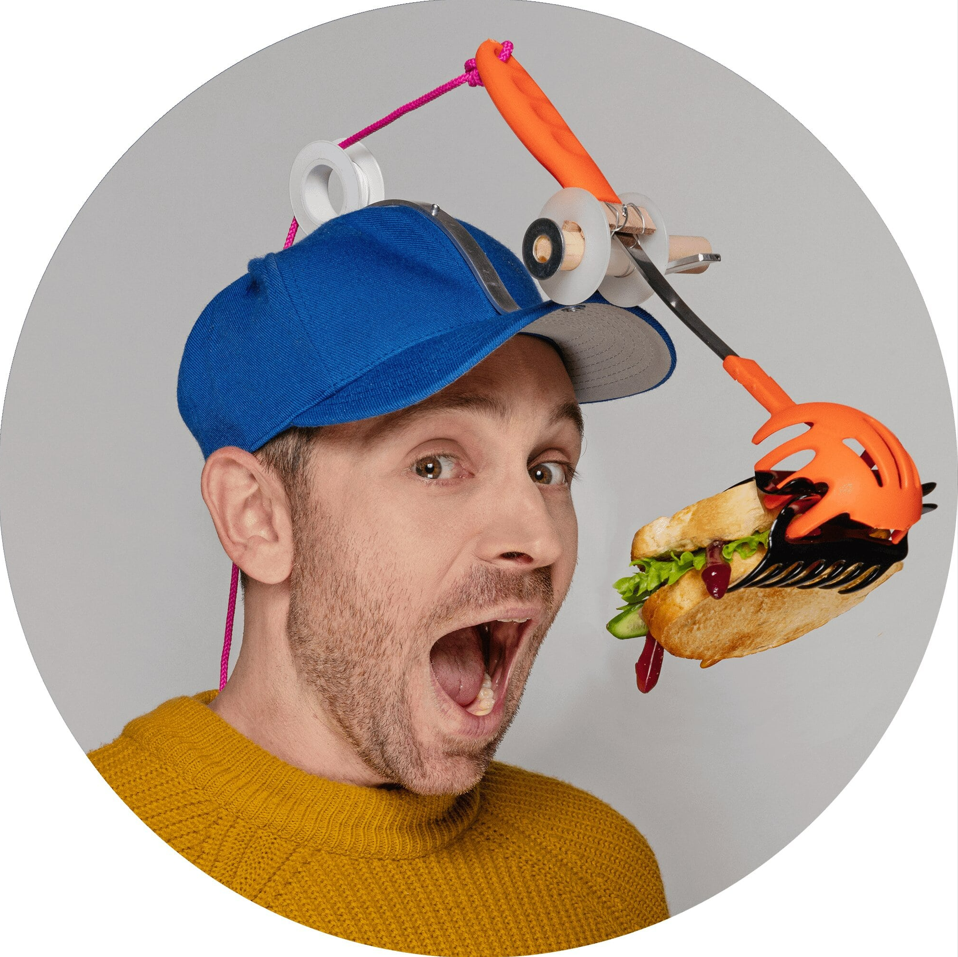
POP Entertainment
Joseph Herscher of Joseph' s Machines.
See more
Recent POPcast
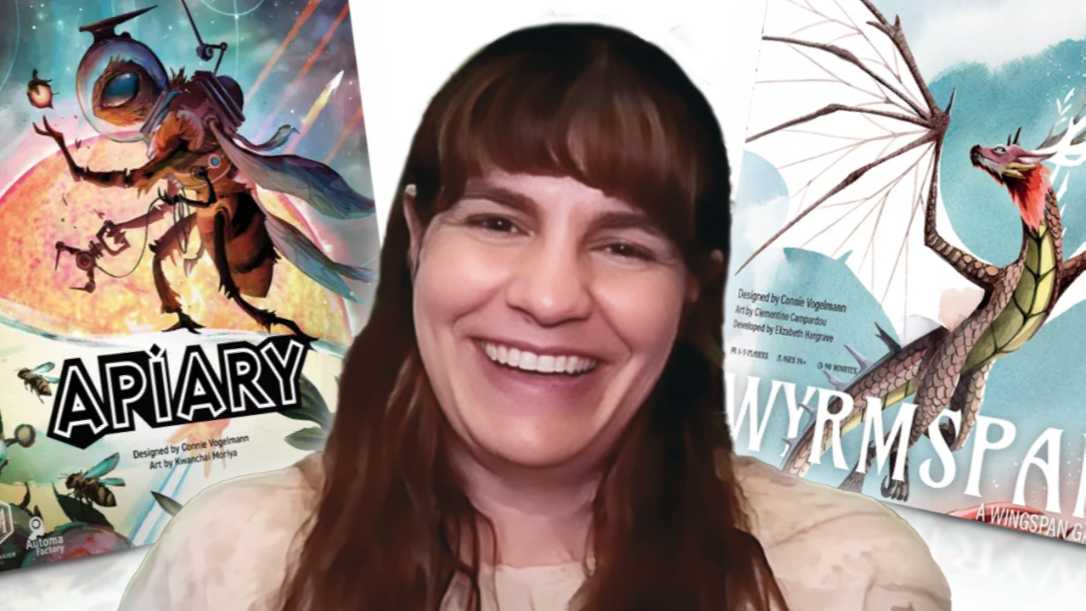
Hidden Role: The Brains Behind your Favorite Games
Connie Vogelmann designed Apiary & Wyrmspan!

Hidden Role: The Brains Behind your Favorite Games
Bob Fuhrer... Is THE Crocodile Dentist!

Hidden Role: The Brains Behind your Favorite Games
Tom Dusenberry... Bought Atari, Wizards of the Coast, and Avalon Hill!

Hidden Role: The Brains Behind your Favorite Games
Matt Leacock created Pandemic... the game!

Hidden Role: The Brains Behind your Favorite Games
Scott Brown and Tim Swindle... are Launching a New Sport!
See more
POPDuos

POPDuos: Interviews with Legends and Leaders
POPDuo: Richard Dickson, Mattel’s President & COO, and Kedar Narayan, Young Inventor Challenge AMB

POPDuos: Interviews with Legends and Leaders
POPDuo: Will Shortz and Josh Wardle

POPDuos: Legends and Leaders Explore Creativity
POP Duo: Elan Lee, Co-Founder, Exploding Kittens.and Jeff Probst, Host and Exec Producer, Survivor

POPDuos: Legends and Leaders Explore Creativity
POP Duo: David Fuhrer, MNG Director, Blue Sq Innovations & Shawn Green, past Dodgers & Mets MLB Star

POPDuos: Legends and Leaders Explore Creativity
POP Duo: Bob Fuhrer, Founder, Nextoy and Tom Fazio, Golf Course Designer
See more





